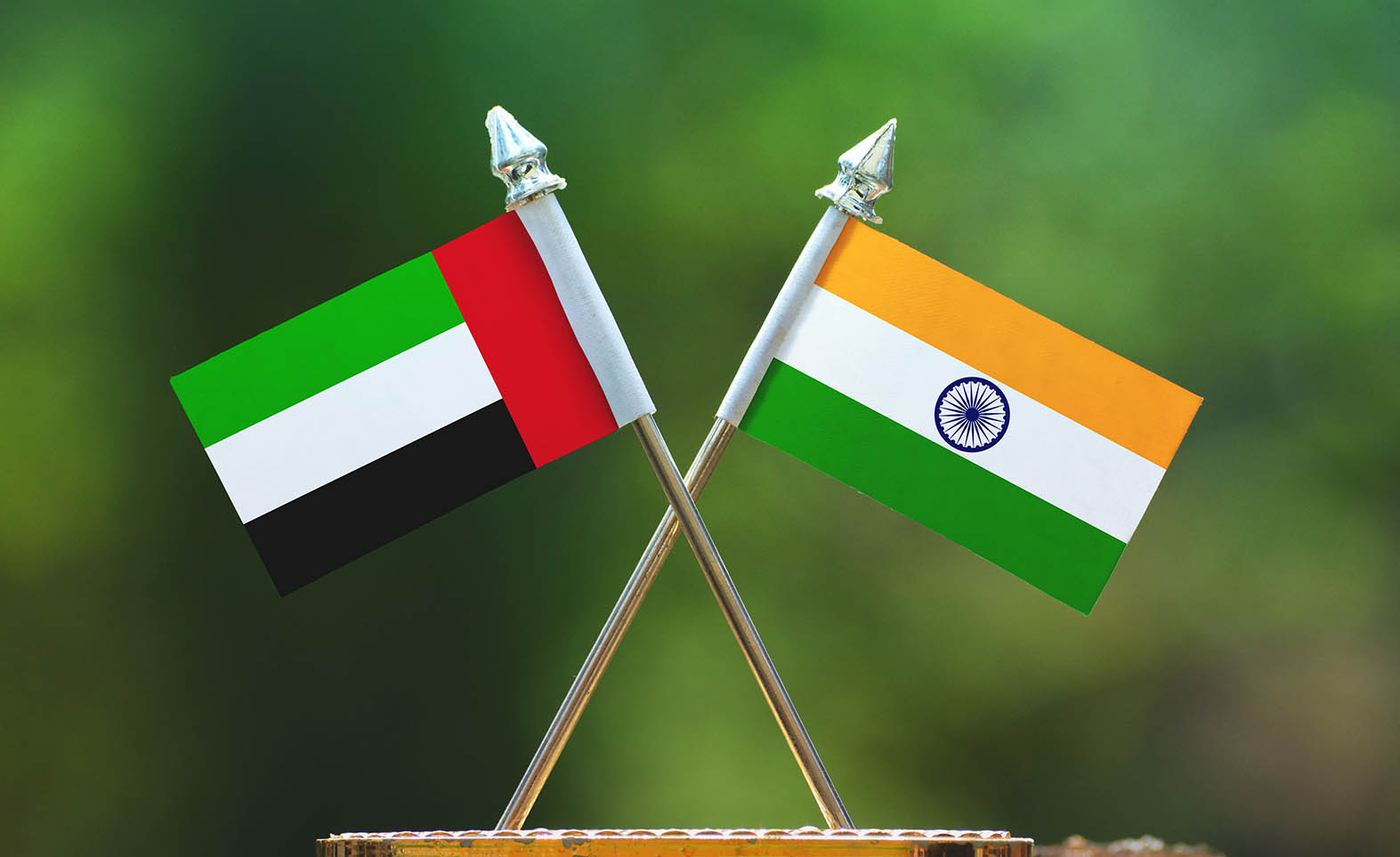
February 25, 2022
As per the agreement, the UAE will phase out duties on 80% of its tariff lines which accounts for 90% of India’s exports to the UAE by value.
The zero duty access for Indian products to the UAE is to expand over 5-10 years to 97 per cent of UAE tariff lines corresponding to 99 per cent of India’s exports by value.
Additionally, India is also in talks with other countries such as Australia, UK, Canada, Israel, Europe etc. to initiate FTAs.
This agreement for the first time includes a chapter on digital trade.

India along with the UAE have agreed on a Comprehensive Economic Partnership Agreement. (CEPA) The main objective of this agreement is to increase the bilateral trade merchandise to US$100 billion by the year 2030.
The India-UAE trade partnership is the first agreement India has agreed with a major trading partner to boost bilateral trade exports, in over a decade. This agreement is also the first in the series of FTAs that will help India exponentially to reach it’s 1 trillion dollar merchandise and services target by 2030. Additionally, India is also in talks with other countries such as Australia, UK, Canada, Israel, Europe etc. to initiate FTAs. The Commerce Minister, Piyush Goyal also stated that India can also join hands with the Gulf Cooperation Council (GCC) group of countries (including Bahrain, Kuwait, Oman, Qatar, Saudi Arabia and the UAE) by the end of the current financial year.
As per the agreement, the UAE will phase out duties on 80% of its tariff lines which accounts for 90% of India’s exports to the UAE by value. This is necessary for textiles and garments where Indian exporters have been facing difficulties pertaining to import tariffs. Currently, Indian textile and leather exports pay 5% duty in the UAE while other product competitors from Vietnam and Bangladesh have zero duty access.
Zero duty access for Indian products is set to expand over 5-10 years to go up by 97% of UAE tariff lines equivalent to 99% of India’s exports. Due to this, sectors such as gems and jewellery, textiles and garments, leather, footwear, sports goods, engineering goods and pharmaceuticals are expected to benefit. The agreement that is expected to come into effect in May is also expected to generate 10 lakh jobs in India.
Certain goods fall under the category of “sensitive list” of products that will be excluded from the agreement and amount for 10% of the tariff lines. These include dairy products, fruits, vegetables, cereals, tea and coffee, sugar, instant food items, tobacco, toys, plastics, aluminium scraps and copper. Areas that have witnessed significant growth in domestic production of goods or areas where the government is encouraging manufacturing through the PLI schemes have also been excluded from the agreement.
This CEPA agreement marked the first time India had included a chapter on digital trade in an FTA indicating India’s willingness to discuss this topic in bilateral agreements.
As per the agreement, the digital trade chapter is applicable on a “best endeavours basis” and is immune to the dispute settlement process. The chapter includes paperless trading, consumer protection, unsolicited commercial electronic messages, personal data protection, cross border information exchange, cooperation on digital products and electronic payments, according to government officials.